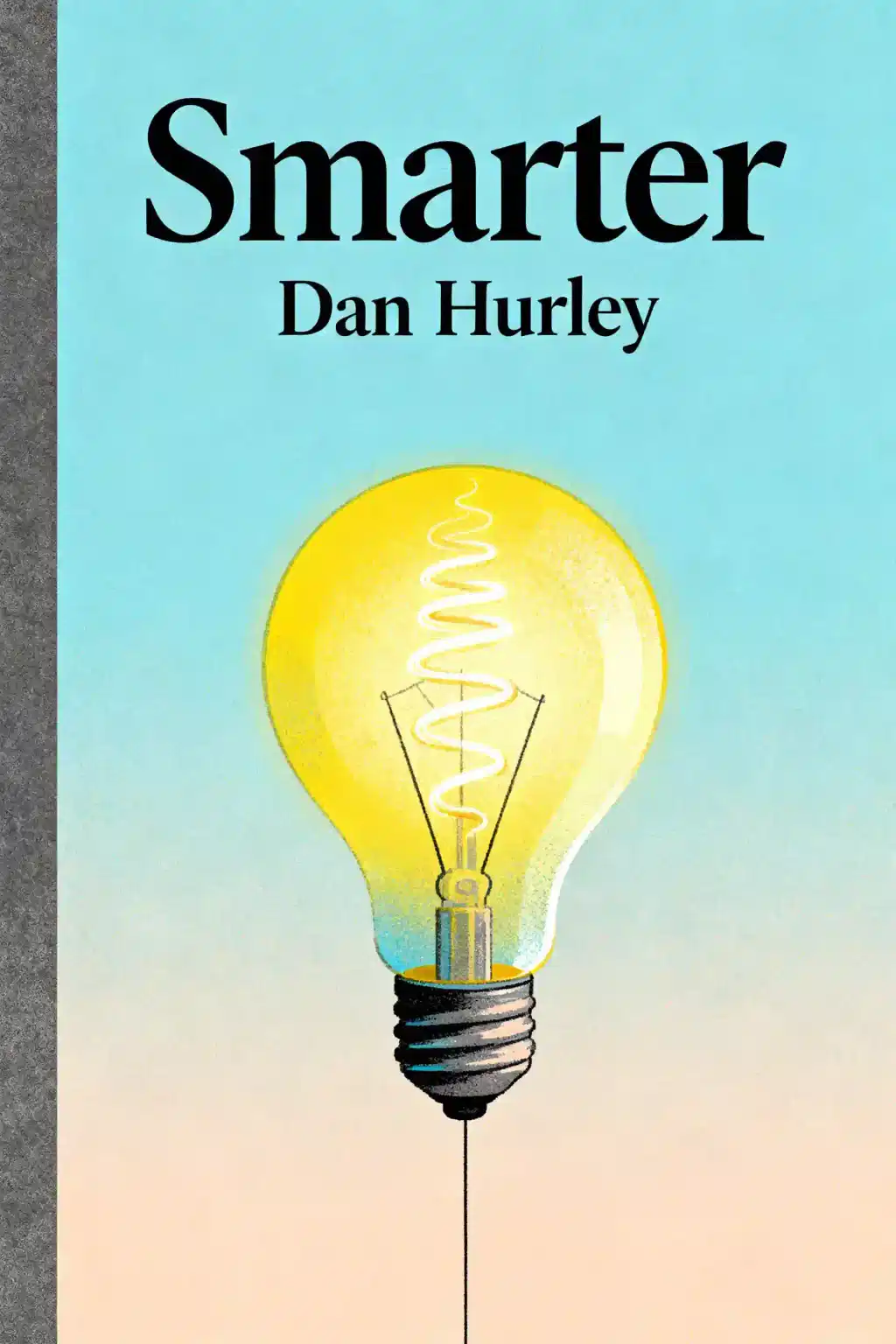What is
Smarter by Dan Hurley about?
Smarter explores groundbreaking research on boosting fluid intelligence through brain-training methods like computerized games, memory exercises, and lifestyle changes. Dan Hurley combines scientific studies with personal experimentation to debunk myths about fixed IQ, showing how neuroplasticity allows cognitive improvement at any age. Key themes include the role of flow states, physical exercise, and tools like Lumosity or N-back training.
Who should read
Smarter by Dan Hurley?
This book is ideal for psychology enthusiasts, lifelong learners, and skeptics questioning whether IQ can be enhanced. It’s particularly relevant for educators, professionals seeking cognitive edge, or anyone interested in brain-training apps like Lumosity. Hurley’s blend of science and self-experimentation appeals to readers who enjoy authors like David Epstein or Malcolm Gladwell.
Is
Smarter by Dan Hurley worth reading?
Yes—especially for those curious about evidence-based brain optimization. Hurley’s deep dive into studies (like Susanne Jaeggi’s N-back research) and firsthand accounts of improving his own fluid intelligence by 16% make it a compelling read. Critics note some commercial brain-training claims remain debated, but the book balances optimism with scientific scrutiny.
How does
Smarter explain neuroplasticity?
Neuroplasticity—the brain’s ability to rewire itself—is central to Hurley’s thesis. He highlights studies showing tasks like learning instruments or solving complex problems physically alter brain structures, enhancing fluid intelligence. For example, London taxi drivers’ hippocampal growth from memorizing routes illustrates this adaptability.
What brain-training methods does
Smarter recommend?
Key methods include:
- N-back games (20 mins/day improves working memory)
- Dual n-back tasks combining visual/audio challenges
- Physical exercise to boost BDNF, a brain-growth protein
- Flow-state activities (e.g., chess, music) for focused cognitive engagement.
Does
Smarter critique commercial brain-training programs?
Hurley examines programs like Lumosity and Cogmed, acknowledging their potential but warns against overhyped claims. While some studies show modest gains, he stresses consistent practice and combining digital tools with real-world challenges (e.g., learning languages) for best results.
What’s the difference between fluid and crystallized intelligence in
Smarter?
- Fluid intelligence: Problem-solving in novel situations (improved via brain-training).
- Crystallized intelligence: Accumulated knowledge (grows with age). Hurley argues fluid intelligence’s malleability challenges traditional IQ models.
How did Dan Hurley test
Smarter’s techniques on himself?
For 3.5 months, he used N-back training, Lumosity games, nicotine patches (to stimulate focus), and aerobic exercise. Post-experiment IQ tests showed a 16% fluid intelligence increase, though he notes individual results may vary.
What role do flow states play in
Smarter?
Flow—deep immersion in challenging tasks—enhances learning speed and creativity. Hurley links it to improved cognitive control, citing examples like musicians or athletes who outperform under pressure.
Are there criticisms of
Smarter’s brain-training claims?
Some scientists argue IQ gains from training are narrow or short-lived. Hurley addresses this by emphasizing cross-training (mixing digital/analog tasks) and lifestyle factors (sleep, nutrition) for sustained benefits.
How does
Smarter compare to other brain-training books?
Unlike pop psychology titles, Smarter focuses on peer-reviewed studies while maintaining accessibility. It’s more research-driven than The Brain That Changes Itself but less technical than academic texts. Combines narrative storytelling (à la Oliver Sacks) with actionable advice.
Can
Smarter’s methods help older adults prevent cognitive decline?
Yes—Hurley cites studies where seniors using brain-training apps showed improved memory and processing speed. Pairing mental exercises with physical activity (e.g., brisk walking) amplifies benefits.








